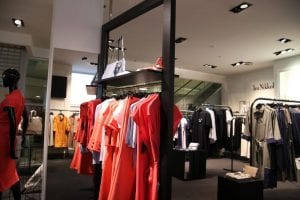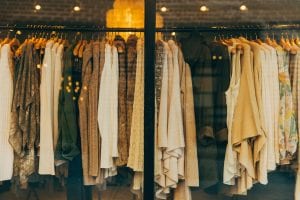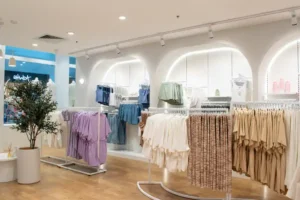A man sits, hunched over a screen, in a small office on Broadway, Manhattan. Grainy footage plays for 30 seconds and he stares with intense focus at the movements of the people on the screen. Hits pause, replay, pause, replay.
Paco Underhill’s mother jokes he is the best paid spy in America. But Underhill doesn’t work for the government. Author of Why We Buy: The Science of Shopping and The Call of the Mall, he works for the majority of leading retailers around the world. He’s a retail anthropologist: A shopping scientist.
For more than 30 years Underhill has studied how shoppers shop.
His thousands of hours of research have endowed him with enormous knowledge about human behaviour, which he shares with retailers, to help them better serve their customers.
His goal is not to manipulate the customer, but the vendor. He understands that if a customer is comfortable and happy, they are more likely to part with more money.
There are at least 4 ‘Theories’ or behaviours observed and noted by Underhill which retailers take account of day to day. You may already be observing them in your shop, without realizing it:
The Decompression Zone
As a shopper enters a store they change pace. The lighting is different, the sounds are different, the view is different. The consumer’s brain needs time to adjust to all these changes in environment, but they generally keep walking while doing so.
That’s why the space just inside your door should be left as it is – a space. Nobody will notice details in this zone; it’s where they ‘decompress’.
Observe your customers, and their actions when they enter your store. Then work out if you need to remove merchandise from around the front door to let them decompress in peace!
The Invariant Right
Hours and hours of video evidence shows visitors to a shop, upon entering, turning to the right.
It doesn’t seem to matter what sort of store, which direction they come from or the size of the store: almost every person who was observed entering the shop walked in, paused in the ‘Decompression Zone’ to refocus and then took a little half turn to the right.
Whether it’s because a majority of people are right handed, whether its due to the side of the brain that absorbs information, or for no reason at all, nobody knows.
What we do know is that your highest profit items should be at the border of the Decompression Zone, and to the right.
Le Facteur Bousculade
Loosely translated as ‘The Crowding Factor’, this behaviour is mostly observed in female browsers.
What it means is that female shoppers hate being crowded – particularly being jostled by people behind them. They hate this so much, Underhill observes, that if a female shopper is jostled any more than 2 or 3 times they will leave the shop.
Moral: Keep merchandise aimed at females out of narrow aisles, or on racks a good distance from each other, to keep your customers in your store!
The Contact Factor
You see this behaviour at work in jewellery stores all the time.
Rarely will a consumer decide to invest in an item unless they can see it closer. The store assistant will remove the bracelet from its display case, take it off its merchandising stand and let the customer observe it closer. She may then drape it over the potential customer’s wrist, letting the customer feel its weight on her arm…
These small actions are often enough to clinch a sale. Underhill discovered that the more contact a customer has with the desired product, the more likely they are to buy it. If they could only observe it behind its display case, would they buy it? Probably not.
Retail Anthropology is always growing and changing. As Underhill said in a 2006 interview; “We live in a world in which time is in a state of acceleration. Either we supersize or we specialize, meaning that we have to find a way to better customize our offer.”
A small retail store may feel that they can no longer compete with the ‘supersizers’, however we leave you encouraged by another quote from the retail anthropologist: “There’s a very strong consumer bias for well-run local businesses, (Look at the popularity of farmers markets!) But it has to have an energy, freshness and evangelical joy to it.”







